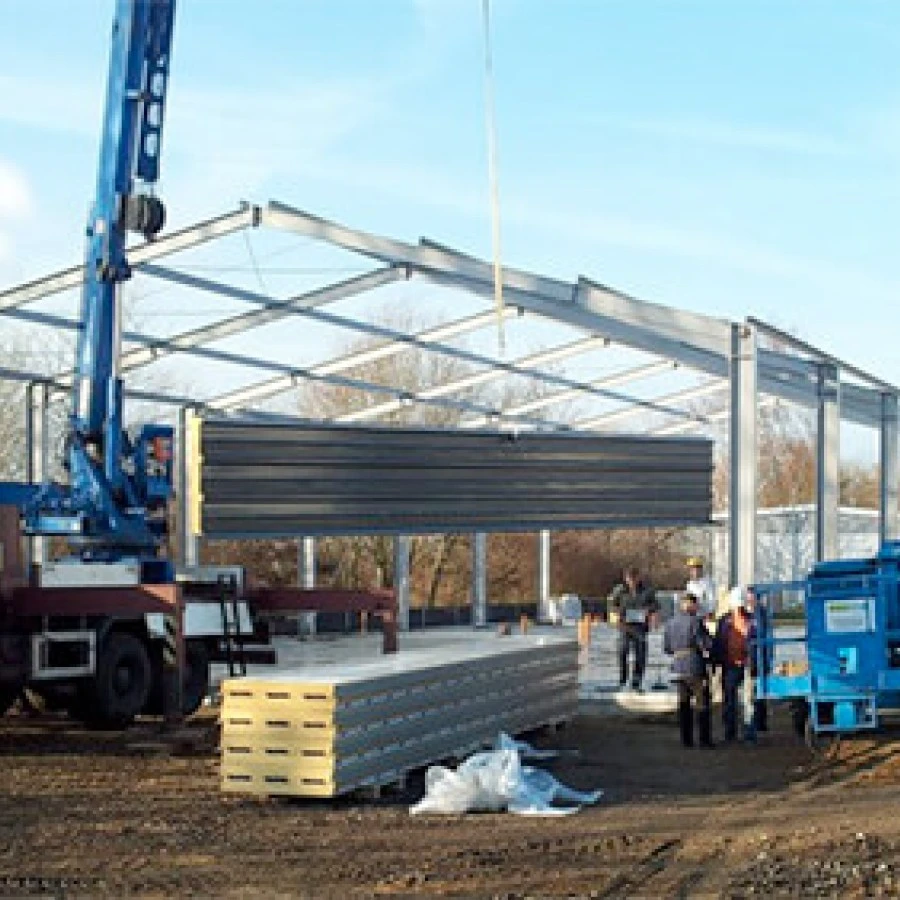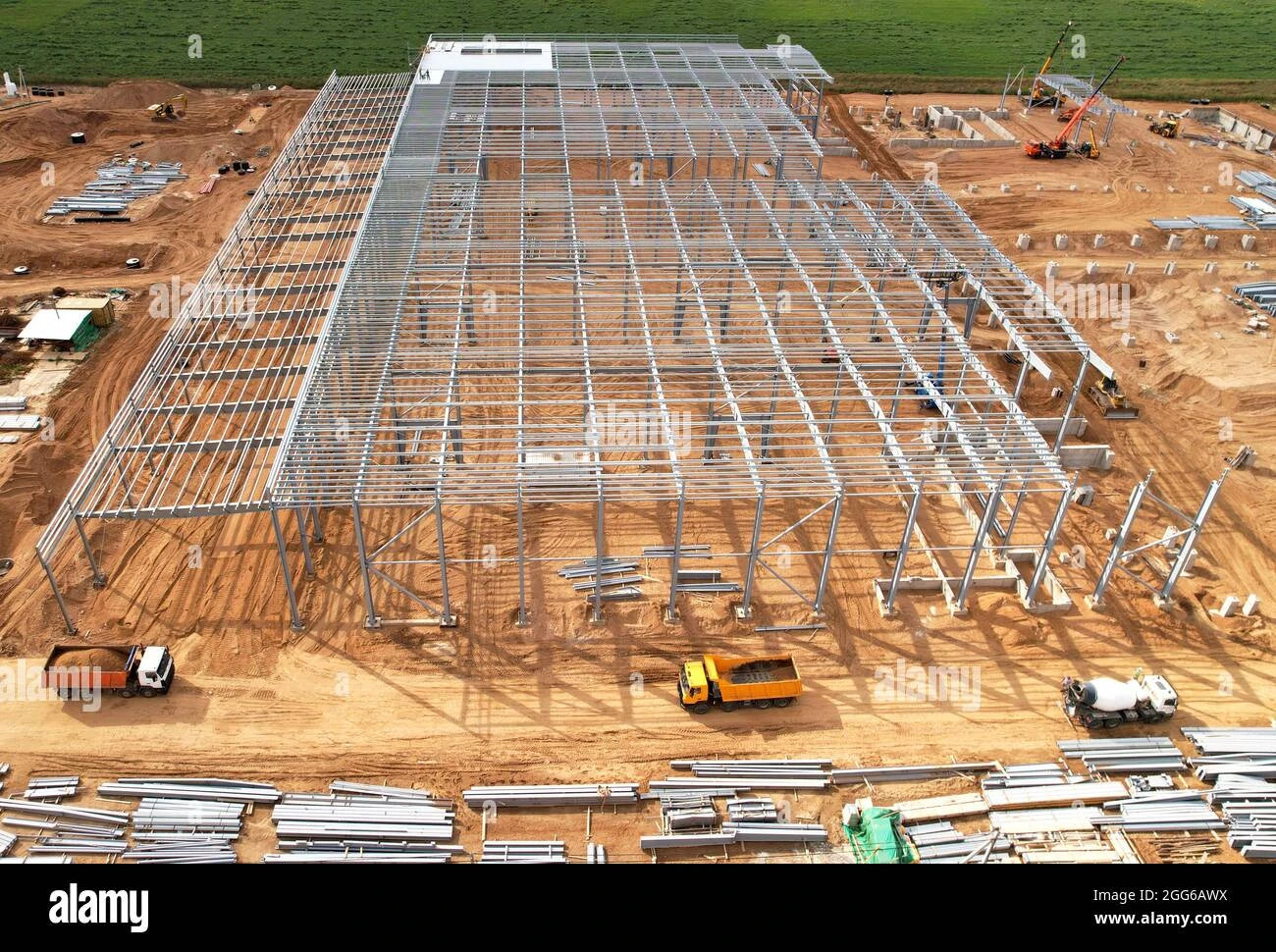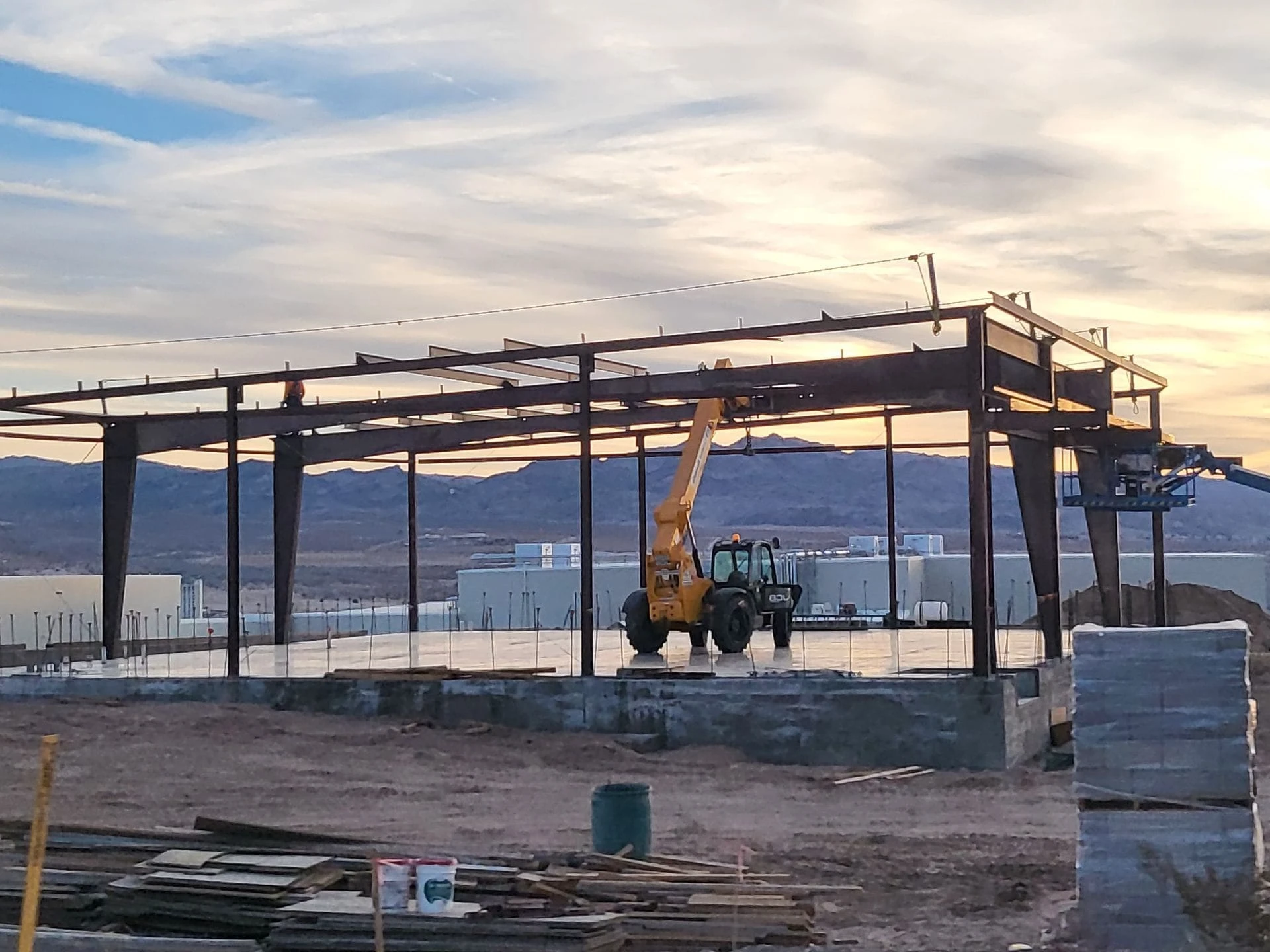- Afrikaans
- Albanian
- Amharic
- Arabic
- Armenian
- Azerbaijani
- Basque
- Belarusian
- Bengali
- Bosnian
- Bulgarian
- Catalan
- Cebuano
- Corsican
- Croatian
- Czech
- Danish
- Dutch
- English
- Esperanto
- Estonian
- Finnish
- French
- Frisian
- Galician
- Georgian
- German
- Greek
- Gujarati
- Haitian Creole
- hausa
- hawaiian
- Hebrew
- Hindi
- Miao
- Hungarian
- Icelandic
- igbo
- Indonesian
- irish
- Italian
- Japanese
- Javanese
- Kannada
- kazakh
- Khmer
- Rwandese
- Korean
- Kurdish
- Kyrgyz
- Lao
- Latin
- Latvian
- Lithuanian
- Luxembourgish
- Macedonian
- Malgashi
- Malay
- Malayalam
- Maltese
- Maori
- Marathi
- Mongolian
- Myanmar
- Nepali
- Norwegian
- Norwegian
- Occitan
- Pashto
- Persian
- Polish
- Portuguese
- Punjabi
- Romanian
- Russian
- Samoan
- Scottish Gaelic
- Serbian
- Sesotho
- Shona
- Sindhi
- Sinhala
- Slovak
- Slovenian
- Somali
- Spanish
- Sundanese
- Swahili
- Swedish
- Tagalog
- Tajik
- Tamil
- Tatar
- Telugu
- Thai
- Turkish
- Turkmen
- Ukrainian
- Urdu
- Uighur
- Uzbek
- Vietnamese
- Welsh
- Bantu
- Yiddish
- Yoruba
- Zulu
Nov . 28, 2024 00:29 Back to list
Steel Construction Design A Modern Approach to Structural Engineering
Steel construction design represents a pivotal aspect of modern architecture and engineering. With its remarkable strength-to-weight ratio, durability, and versatility, steel has become the material of choice for a wide variety of buildings and infrastructures. This article delves into the critical elements of steel construction design, highlighting its benefits, challenges, and the innovative approaches shaping the future of structural engineering.
The Advantages of Steel in Construction
One of the primary advantages of steel is its high strength-to-weight ratio. Compared to other construction materials like concrete or wood, steel provides superior strength while minimizing the overall weight of structures. This property allows for taller buildings and expansive open spaces, as steel frames can support large loads without the need for numerous support columns or walls.
Additionally, steel is highly durable and resistant to many environmental factors. It does not shrink, swell, or warp, which can often occur with wood. Steel structures can withstand harsh weather conditions, including high winds and heavy snowfall, making them ideal for a variety of geographical locations. Furthermore, steel can be recycled and repurposed, contributing to sustainable construction practices and reducing environmental impact.
Design Considerations in Steel Construction
When designing with steel, engineers and architects must consider several key factors to ensure structural integrity and aesthetic appeal. The first consideration is the type of steel used; structural steel grades vary in strength and are chosen based on the specific requirements of the project. The American Institute of Steel Construction (AISC) provides guidelines and specifications that facilitate this selection process.
Another critical aspect of design is load calculations. Structures must be designed to handle both dead loads (the weight of the structure itself) and live loads (the weight of occupants and furniture). Additionally, engineers must assess lateral loads caused by wind or seismic activity, which significantly influence the overall design.
Connections in steel construction are also a significant focus. The integrity of a structure largely depends on how different components are connected, whether through welding, bolting, or riveting. Proper connection design ensures the transfer of loads between different steel members, ultimately enhancing the overall stability of the structure.
steel construction design

Innovations in Steel Construction Design
The field of steel construction design is continuously evolving, with new technologies and methodologies being introduced. One significant trend is the use of Building Information Modeling (BIM). BIM allows engineers and architects to create detailed 3D models of their projects, facilitating better visualization, coordination, and collaboration throughout the design and construction process. This technology helps to identify potential issues early in the project, reducing costs and delays.
Another area of innovation is the development of high-performance steels. These advanced materials are designed to offer even greater strength and corrosion resistance than traditional steel, enabling designers to push the limits of architectural creativity. Additionally, advanced fabrication techniques, such as prefabrication and modular construction, allow steel components to be manufactured offsite and assembled quickly on location, enhancing efficiency and reducing construction time.
Challenges in Steel Construction
Despite its many advantages, steel construction faces challenges that must be addressed. One notable concern is the cost of steel, which can be influenced by market fluctuations and tariffs. Engineers must balance the benefits of using steel with the financial implications of its procurement.
Furthermore, the use of steel raises concerns regarding fire resistance. Steel loses its strength when exposed to high temperatures, making it essential to incorporate fire protection measures into the design. Solutions may include the application of fireproof coatings, the use of non-combustible materials, or creating fire-resistant barriers within the structure.
Lastly, sustainability remains a crucial consideration in steel construction design. While steel is recyclable, the energy-intensive processes required for its production can have a significant ecological footprint. The industry is responding with research into more sustainable production methods and greater emphasis on life-cycle assessments to evaluate the true environmental impact of steel structures.
Conclusion
Steel construction design embodies the modern approach to sustainable and resilient structural engineering. With its unparalleled benefits and continuous innovations, steel remains a cornerstone of contemporary architecture. As engineers and architects confront challenges and embrace new technologies, the future of steel construction design looks promising, paving the way for iconic structures that stand the test of time. Through careful consideration of materials, design strategies, and sustainability measures, the industry can continue to evolve, meeting both the functional and aesthetic needs of tomorrow's built environment.
-
Navigating the World of Steel Building Services: Who to Choose?
NewsJun.23,2025
-
How Do Steel Frame and Prefab Building Factories Shape Modern Construction?
NewsJun.23,2025
-
How Do Steel and Metal Structures Shape Modern Industrial Spaces?
NewsJun.23,2025
-
How Do Prefab Buildings of Various Sizes Meet Modern Construction Needs?
NewsJun.23,2025
-
How Do Factory Buildings and Metal Structures Redefine Industrial Infrastructure?
NewsJun.23,2025
-
Exploring Key Aspects of Industrial Building Development: What You Need to Know?
NewsJun.23,2025
Products categories
Our Latest News
We have a professional design team and an excellent production and construction team.












